5-BROMO-2,3-DIHYDRO-ISOINDOL-1-ONE
- CAS NO.:552330-86-6
- Empirical Formula: C8H6BrNO
- Molecular Weight: 212.04
- MDL number: MFCD09701292
- SAFETY DATA SHEET (SDS)
- Update Date: 2023-05-15 10:43:34
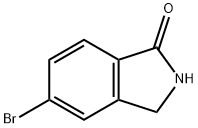
What is 5-BROMO-2,3-DIHYDRO-ISOINDOL-1-ONE?
Chemical properties
Pink Solid
The Uses of 5-BROMO-2,3-DIHYDRO-ISOINDOL-1-ONE
5-Bromoisoindolin-1-one was one of the reagents in discovering a new, selective 3-aminopyrazole based MK2-inhibitors.
Properties of 5-BROMO-2,3-DIHYDRO-ISOINDOL-1-ONE
| Melting point: | 267 °C |
| Boiling point: | 448.4±45.0 °C(Predicted) |
| Density | 1.666±0.06 g/cm3(Predicted) |
| storage temp. | Sealed in dry,Room Temperature |
| form | powder to crystal |
| pka | 13.75±0.20(Predicted) |
| color | White to Light yellow to Light red |
Safety information for 5-BROMO-2,3-DIHYDRO-ISOINDOL-1-ONE
| Signal word | Warning |
| Pictogram(s) |
 Exclamation Mark Irritant GHS07 |
| GHS Hazard Statements |
H315:Skin corrosion/irritation H319:Serious eye damage/eye irritation H335:Specific target organ toxicity, single exposure;Respiratory tract irritation |
| Precautionary Statement Codes |
P271:Use only outdoors or in a well-ventilated area. P280:Wear protective gloves/protective clothing/eye protection/face protection. |
Computed Descriptors for 5-BROMO-2,3-DIHYDRO-ISOINDOL-1-ONE
New Products
Tert-butyl bis(2-chloroethyl)carbamate 4-Methylphenylacetic acid N-Boc-D-alaninol N-BOC-D/L-ALANINOL 3-Morpholino-1-(4-nitrophenyl)-5,6-dihydropyridin- 2(1H)-one Furan-2,5-Dicarboxylic Acid Tropic acid 1,1’-CARBONYLDIIMIDAZOLE DIETHYL AMINOMALONATE HYDROCHLORIDE R-2-BENZYLOXY PROPIONIC ACID 1,1’-CARBONYLDI (1,2-4 TRIAZOLE) N-METHYL INDAZOLE-3-CARBOXYLIC ACID (2-Hydroxyphenyl)acetonitrile 4-Bromopyrazole 5-BROMO-2CYANO PYRIDINE 5,6-Dimethoxyindanone 5-broMo-2-chloro-N-cyclopentylpyriMidin-4-aMine 2-(Cyanocyclohexyl)acetic acid 4-methoxy-3,5-dinitropyridine 2-aminopropyl benzoate hydrochloride 1-(4-(aminomethyl)benzyl)urea hydrochloride diethyl 2-(2-((tertbutoxycarbonyl)amino) ethyl)malonate tert-butyl 4- (ureidomethyl)benzylcarbamate Ethyl-2-chloro((4-methoxyphenyl)hydrazono)acetateRelated products of tetrahydrofuran



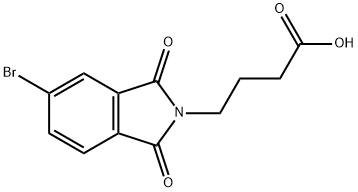
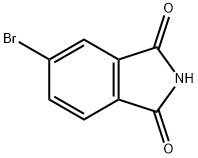
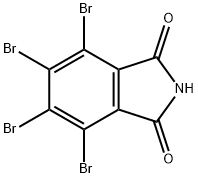
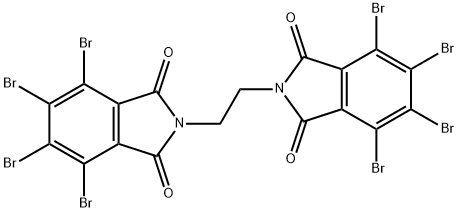
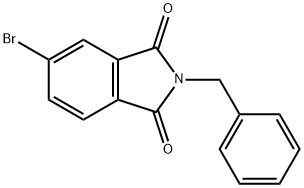
You may like
-
 5-Bromoisoindolin-1-one CAS 552330-86-6View Details
5-Bromoisoindolin-1-one CAS 552330-86-6View Details
552330-86-6 -
 1975-50-4 98%View Details
1975-50-4 98%View Details
1975-50-4 -
 2-HYDROXY BENZYL ALCOHOL 98%View Details
2-HYDROXY BENZYL ALCOHOL 98%View Details
90-01-7 -
 2-Chloro-1,3-Bis(Dimethylamino)Trimethinium Hexafluorophosphate 221615-75-4 98%View Details
2-Chloro-1,3-Bis(Dimethylamino)Trimethinium Hexafluorophosphate 221615-75-4 98%View Details
221615-75-4 -
 61397-56-6 CIS BROMO BENZOATE 98%View Details
61397-56-6 CIS BROMO BENZOATE 98%View Details
61397-56-6 -
 14714-50-2 (2-Hydroxyphenyl)acetonitrile 98+View Details
14714-50-2 (2-Hydroxyphenyl)acetonitrile 98+View Details
14714-50-2 -
 118753-70-1 98+View Details
118753-70-1 98+View Details
118753-70-1 -
 733039-20-8 5-broMo-2-chloro-N-cyclopentylpyriMidin-4-aMine 98+View Details
733039-20-8 5-broMo-2-chloro-N-cyclopentylpyriMidin-4-aMine 98+View Details
733039-20-8
Statement: All products displayed on this website are only used for non medical purposes such as industrial applications or scientific research, and cannot be used for clinical diagnosis or treatment of humans or animals. They are not medicinal or edible.